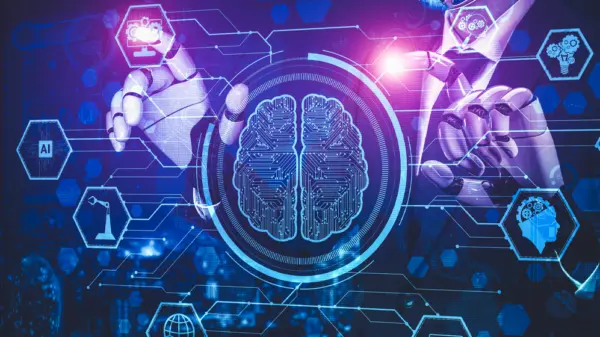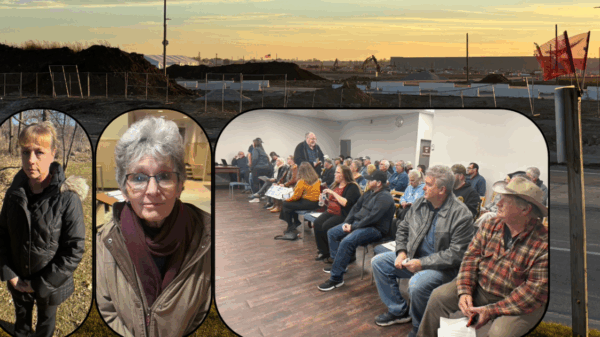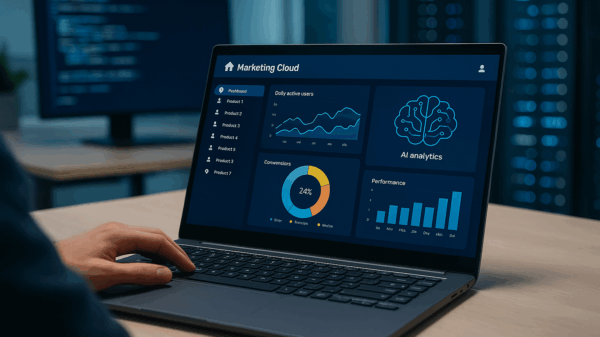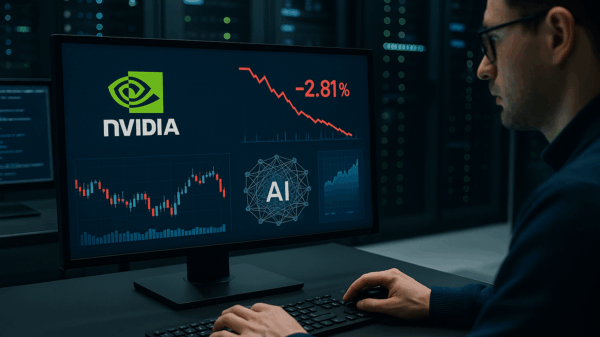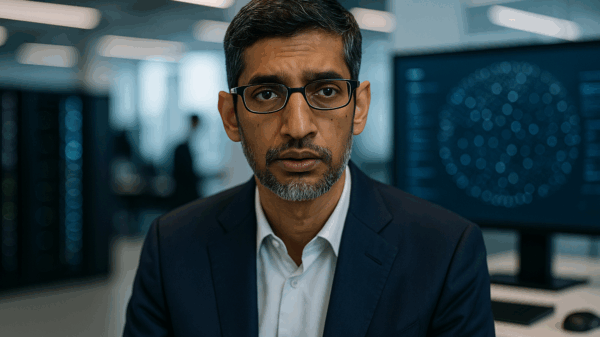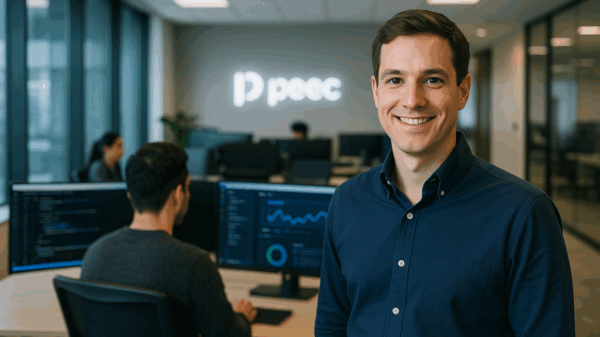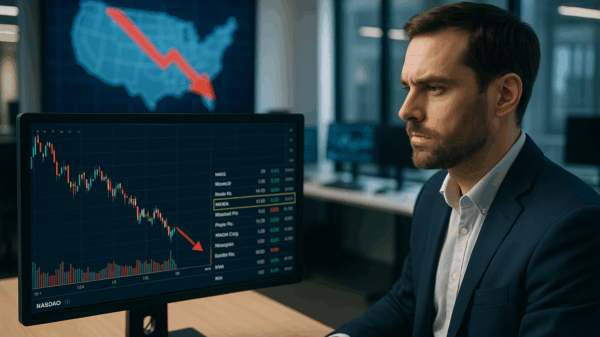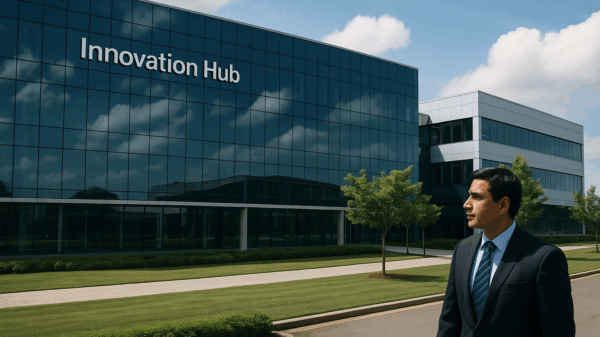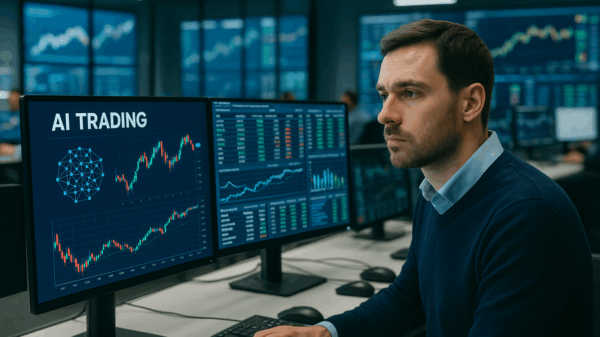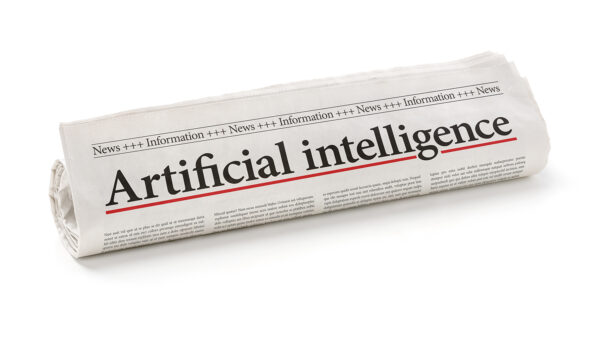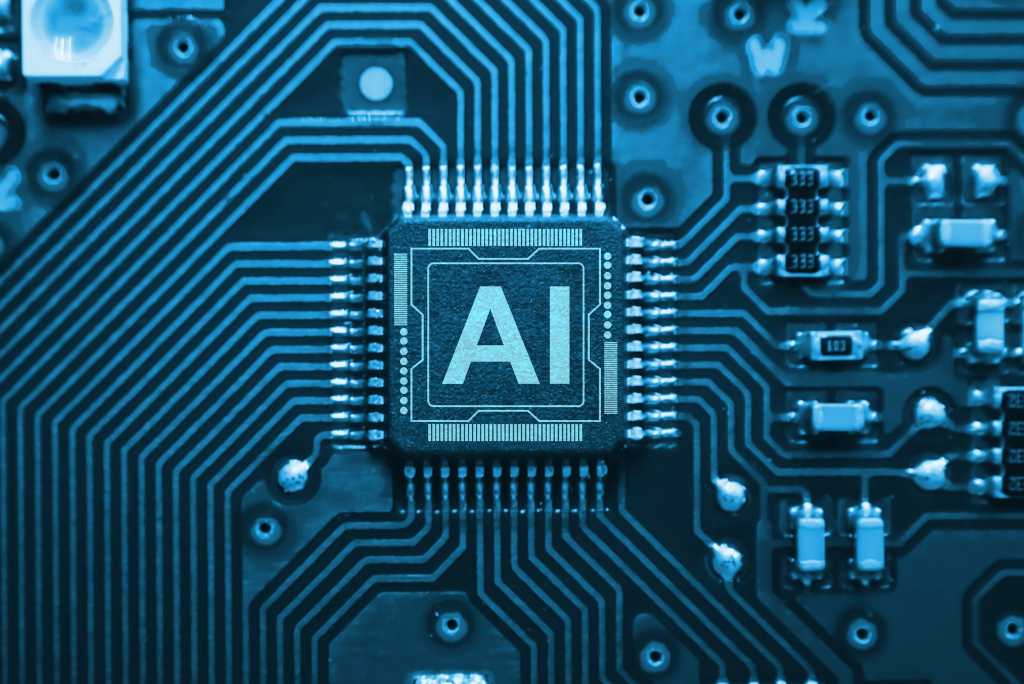The landscape of artificial intelligence (AI) infrastructure is rapidly evolving, prompting Chief Information Officers (CIOs) to reevaluate their current choices. According to Sanchit Vir Gogia, the Chief Analyst at Greyhound Research, the decision-making process regarding AI infrastructure has become more complex. “A lot of CIOs are starting to question whether their current AI infrastructure choices will hold up in the long run. It’s not just about picking a cloud provider anymore. The lines between cloud, models, and hardware are blurring fast,” he stated.
This transformation in the AI ecosystem is exemplified by recent industry partnerships that highlight the interconnectedness of the AI supply chain. Gogia pointed out that decisions regarding cloud capacity, model availability, and silicon strategies are now closely interlinked rather than treated as separate considerations. “When you pick a model now, you’re not just picking a model. You’re picking a hardware path, a cloud footprint, and a cost profile that will shape how your AI projects scale or don’t,” he noted. This shift marks a move from a one-model strategy to a more diversified portfolio approach, which can enhance options for buyers but also complicate decision-making processes.
In this context, Microsoft’s integration of Claude into its Foundry and Copilot platforms serves as a significant development. Gogia explained that this move signals a shift in posture within the industry, reflecting a broader trend toward a multi-model strategy that offers greater flexibility but introduces additional layers of complexity for enterprises.
Another crucial insight comes from Patrick Moorhead, CEO of Moor Insights & Strategy. He highlights that companies like Anthropic, which is known for its AI models, need to diversify their partnerships across multiple XPU and GPU vendors. “This is smart, as they can compare TCO [total cost of ownership] across all the vendors over time and keep vendors hungry,” Moorhead remarked. This strategy not only enables companies to optimize costs but also strengthens their bargaining position within the competitive silicon market.
See also FPT Partners with FutureTEC to Deliver AI Solutions Across Kuwait, Bahrain, and Jordan
FPT Partners with FutureTEC to Deliver AI Solutions Across Kuwait, Bahrain, and JordanThe implications of these shifts are not limited to operational choices. Gogia warned that the evolving nature of the AI supply chain creates a circular flow of capital, compute, and model access among companies, which could complicate budgeting and financial planning for enterprises. “Infrastructure vendors are funding the very AI labs that become their largest customers, which can blur the real economics for enterprises planning long-term budgets,” he explained. As a result, organizations will need stronger governance to navigate this evolving landscape effectively.
The current state of AI infrastructure emphasizes the need for CIOs to adapt to a more integrated approach. With emerging partnerships and a move towards a multi-vendor strategy, organizations must remain agile in their decision-making processes. As the lines between cloud services, model selection, and hardware choices continue to blur, the importance of a comprehensive strategy will only grow.
In summary, as CIOs grapple with the complexities of AI infrastructure, it is evident that the choices they make today will have lasting consequences. Understanding the interconnected nature of cloud, models, and hardware is essential for scaling AI initiatives effectively. By embracing a diversified approach and maintaining strong governance, organizations can better position themselves to thrive in this dynamic environment.

